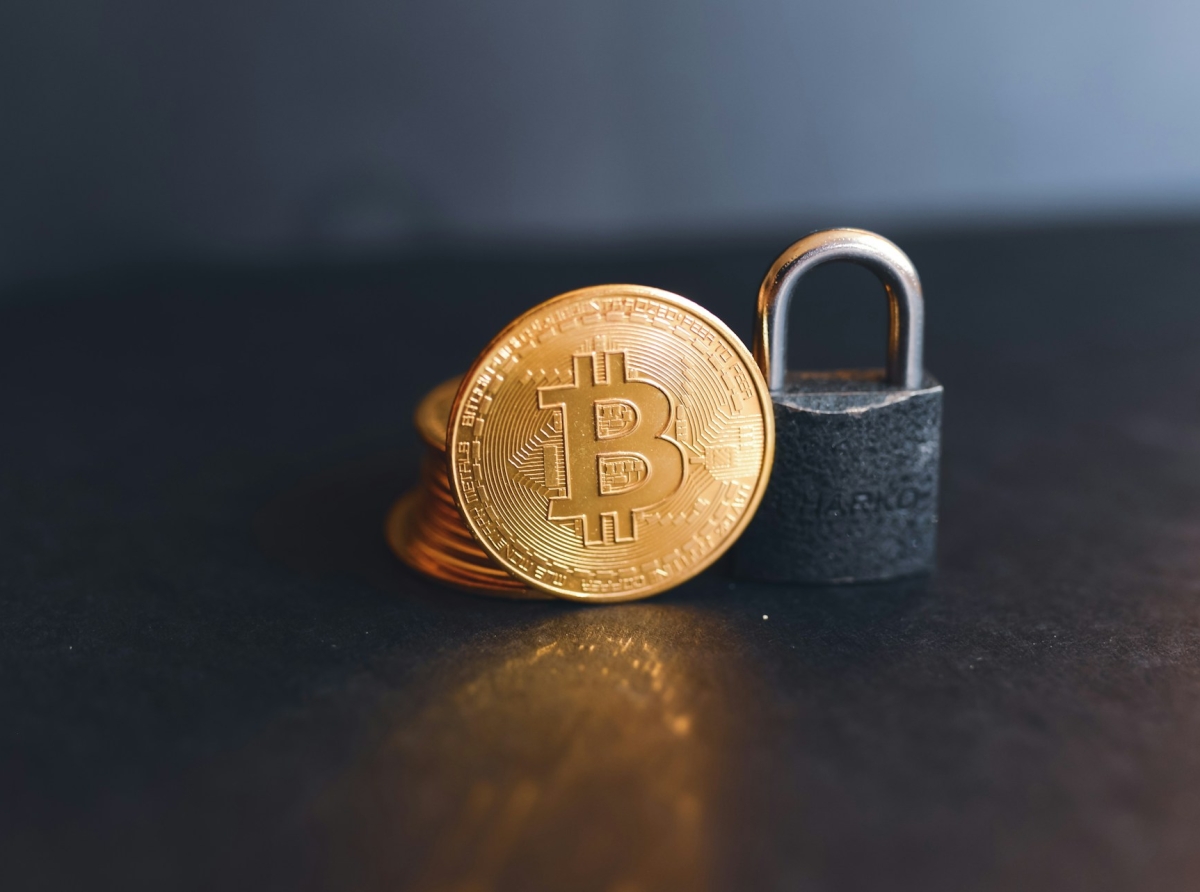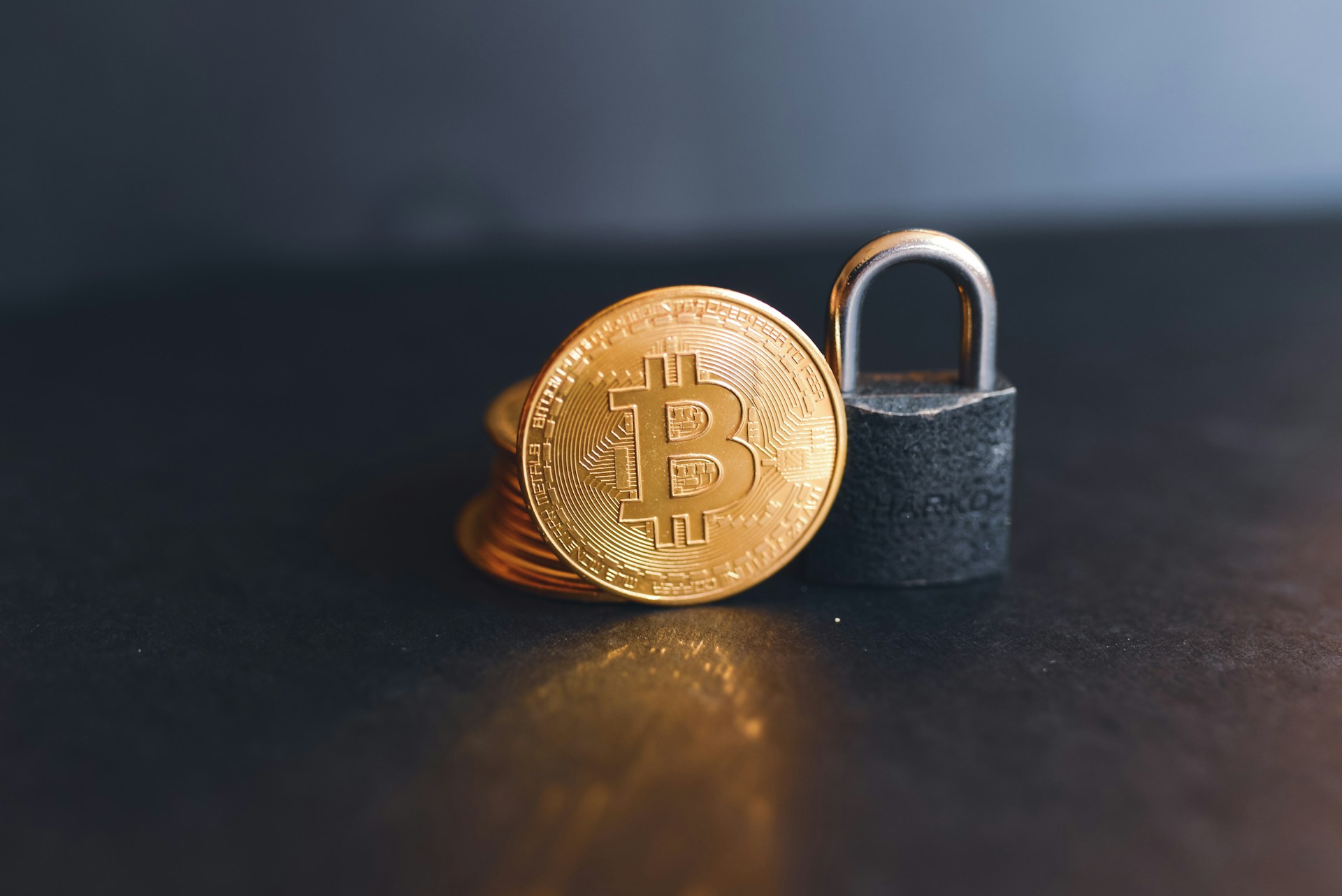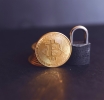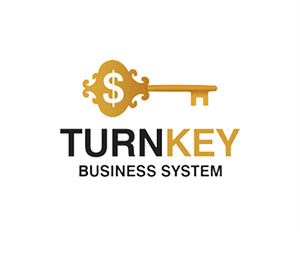How to Protect Your Cryptocurrency from Hacks and Scams

How to Protect Your Cryptocurrency from Hacks and Scams
Cryptocurrency offers exciting opportunities for investment, trading, and decentralized finance (DeFi).
However, the same features that make crypto appealing—such as decentralization and anonymity—also make it a prime target for hackers and scammers.
With billions of dollars lost annually to cyberattacks and fraudulent schemes, protecting your cryptocurrency is essential. Below are practical steps to safeguard your digital assets and minimize risks.
However, the same features that make crypto appealing—such as decentralization and anonymity—also make it a prime target for hackers and scammers.
With billions of dollars lost annually to cyberattacks and fraudulent schemes, protecting your cryptocurrency is essential. Below are practical steps to safeguard your digital assets and minimize risks.

How to Protect Your Cryptocurrency from Hacks and Scams
1. Use Hardware Wallets for Cold Storage
One of the most effective ways to protect your cryptocurrency is by storing it offline in a hardware wallet (cold storage). Unlike hot wallets (connected to the internet), hardware wallets keep your private keys secure and inaccessible to online threats.
Examples : Ledger Nano X, Trezor Model T.
Benefits : Immune to phishing attacks, malware, and remote hacks.
Tip : Always purchase hardware wallets directly from the manufacturer or authorized retailers to avoid counterfeit devices.
2. Enable Two-Factor Authentication (2FA)
Two-factor authentication adds an extra layer of security to your accounts. Even if someone gains access to your password, they won’t be able to log in without the second factor.
Best Practices :
Use authenticator apps (e.g., Google Authenticator, Authy) instead of SMS-based 2FA, as text messages can be intercepted.
Regularly update your recovery codes and store them securely.
3. Be Wary of Phishing Scams
Phishing attacks are among the most common methods used to steal cryptocurrency. Scammers impersonate legitimate platforms or individuals to trick you into revealing sensitive information.
How to Avoid :
Double-check URLs before entering login credentials.
Avoid clicking on suspicious links in emails or social media messages.
Bookmark trusted websites to ensure you’re accessing the correct platform.
4. Keep Software and Devices Updated
Outdated software and devices are vulnerable to exploits. Hackers often target known vulnerabilities in operating systems, wallets, or browser extensions.
What to Do :
Regularly update your wallet software, antivirus programs, and operating systems.
Use a dedicated device for cryptocurrency transactions to reduce exposure to malware.
5. Secure Your Private Keys
Your private key is the gateway to your cryptocurrency. If someone gains access to it, they can control your funds.
Best Practices :
Never share your private keys with anyone.
Store them offline in a secure location, such as a safe or safety deposit box.
Consider splitting your keys using a multi-signature wallet for added security.
One of the most effective ways to protect your cryptocurrency is by storing it offline in a hardware wallet (cold storage). Unlike hot wallets (connected to the internet), hardware wallets keep your private keys secure and inaccessible to online threats.
Examples : Ledger Nano X, Trezor Model T.
Benefits : Immune to phishing attacks, malware, and remote hacks.
Tip : Always purchase hardware wallets directly from the manufacturer or authorized retailers to avoid counterfeit devices.
2. Enable Two-Factor Authentication (2FA)
Two-factor authentication adds an extra layer of security to your accounts. Even if someone gains access to your password, they won’t be able to log in without the second factor.
Best Practices :
Use authenticator apps (e.g., Google Authenticator, Authy) instead of SMS-based 2FA, as text messages can be intercepted.
Regularly update your recovery codes and store them securely.
3. Be Wary of Phishing Scams
Phishing attacks are among the most common methods used to steal cryptocurrency. Scammers impersonate legitimate platforms or individuals to trick you into revealing sensitive information.
How to Avoid :
Double-check URLs before entering login credentials.
Avoid clicking on suspicious links in emails or social media messages.
Bookmark trusted websites to ensure you’re accessing the correct platform.
4. Keep Software and Devices Updated
Outdated software and devices are vulnerable to exploits. Hackers often target known vulnerabilities in operating systems, wallets, or browser extensions.
What to Do :
Regularly update your wallet software, antivirus programs, and operating systems.
Use a dedicated device for cryptocurrency transactions to reduce exposure to malware.
5. Secure Your Private Keys
Your private key is the gateway to your cryptocurrency. If someone gains access to it, they can control your funds.
Best Practices :
Never share your private keys with anyone.
Store them offline in a secure location, such as a safe or safety deposit box.
Consider splitting your keys using a multi-signature wallet for added security.
6. Beware of Social Engineering Attacks
Scammers often use psychological manipulation to gain trust and trick victims into sending cryptocurrency.
Common Tactics :
Impersonating customer support agents.
Offering fake giveaways or investment opportunities.
Creating urgency to pressure you into acting quickly.
How to Stay Safe :
Verify the identity of anyone claiming to represent a company or project.
Remember: legitimate organizations will never ask for your private keys or seed phrases.
7. Research Before Investing
Fraudulent projects and scams abound in the cryptocurrency space. Conduct thorough research before investing in any token, project, or platform.
Red Flags :
Unrealistic promises of high returns.
Lack of transparency about the team or project details.
Pressure to invest quickly or miss out.
Tools for Research :
Check reviews on platforms like CoinMarketCap or CoinGecko.
Join trusted communities to discuss projects and verify legitimacy.
8. Use Reputable Exchanges and Platforms
Not all cryptocurrency exchanges are created equal. Some lack proper security measures, making them easy targets for hackers.
Tips for Choosing a Secure Exchange :
Opt for well-established platforms with strong security track records (e.g., Binance, Coinbase, Kraken).
Enable withdrawal whitelists to restrict fund transfers to pre-approved addresses.
Withdraw funds to a personal wallet rather than leaving them on the exchange.
Scammers often use psychological manipulation to gain trust and trick victims into sending cryptocurrency.
Common Tactics :
Impersonating customer support agents.
Offering fake giveaways or investment opportunities.
Creating urgency to pressure you into acting quickly.
How to Stay Safe :
Verify the identity of anyone claiming to represent a company or project.
Remember: legitimate organizations will never ask for your private keys or seed phrases.
7. Research Before Investing
Fraudulent projects and scams abound in the cryptocurrency space. Conduct thorough research before investing in any token, project, or platform.
Red Flags :
Unrealistic promises of high returns.
Lack of transparency about the team or project details.
Pressure to invest quickly or miss out.
Tools for Research :
Check reviews on platforms like CoinMarketCap or CoinGecko.
Join trusted communities to discuss projects and verify legitimacy.
8. Use Reputable Exchanges and Platforms
Not all cryptocurrency exchanges are created equal. Some lack proper security measures, making them easy targets for hackers.
Tips for Choosing a Secure Exchange :
Opt for well-established platforms with strong security track records (e.g., Binance, Coinbase, Kraken).
Enable withdrawal whitelists to restrict fund transfers to pre-approved addresses.
Withdraw funds to a personal wallet rather than leaving them on the exchange.
9. Monitor for Suspicious Activity
Stay vigilant and regularly review your accounts for unauthorized transactions or unusual activity.
Actions to Take :
Set up notifications for account logins and withdrawals.
Report suspicious activity to the platform’s support team immediately.
Freeze your accounts if you suspect a breach.
10. Educate Yourself on Common Scams
Knowledge is your best defense against scams. Familiarize yourself with the most prevalent schemes targeting cryptocurrency users.
Popular Scams :
Ponzi Schemes : Promising guaranteed returns through fake investments.
Fake ICOs : Bogus initial coin offerings designed to steal funds.
Rug Pulls : Developers abandoning projects after raising funds.
Giveaway Scams : Fraudsters posing as influencers offering free crypto in exchange for deposits.
11. Insure Your Assets (If Possible)
Some companies now offer insurance for cryptocurrency holdings stored in specific wallets or exchanges. While not widely available, this option provides an additional safety net.
Examples : Nexus Mutual, Unslashed Finance.
Limitations : Coverage may be limited to certain types of losses or platforms.
12. Practice Operational Security (OpSec)
Operational security involves taking proactive steps to protect your identity and assets.
Steps to Follow :
Use unique, complex passwords for all accounts.
Avoid reusing passwords across platforms.
Encrypt sensitive files and communications.
Be cautious when discussing your crypto holdings publicly.
Stay vigilant and regularly review your accounts for unauthorized transactions or unusual activity.
Actions to Take :
Set up notifications for account logins and withdrawals.
Report suspicious activity to the platform’s support team immediately.
Freeze your accounts if you suspect a breach.
10. Educate Yourself on Common Scams
Knowledge is your best defense against scams. Familiarize yourself with the most prevalent schemes targeting cryptocurrency users.
Popular Scams :
Ponzi Schemes : Promising guaranteed returns through fake investments.
Fake ICOs : Bogus initial coin offerings designed to steal funds.
Rug Pulls : Developers abandoning projects after raising funds.
Giveaway Scams : Fraudsters posing as influencers offering free crypto in exchange for deposits.
11. Insure Your Assets (If Possible)
Some companies now offer insurance for cryptocurrency holdings stored in specific wallets or exchanges. While not widely available, this option provides an additional safety net.
Examples : Nexus Mutual, Unslashed Finance.
Limitations : Coverage may be limited to certain types of losses or platforms.
12. Practice Operational Security (OpSec)
Operational security involves taking proactive steps to protect your identity and assets.
Steps to Follow :
Use unique, complex passwords for all accounts.
Avoid reusing passwords across platforms.
Encrypt sensitive files and communications.
Be cautious when discussing your crypto holdings publicly.
Conclusion: Stay Proactive and Informed
The decentralized nature of cryptocurrency gives users unprecedented control over their finances—but it also places the responsibility of security squarely on their shoulders. By following these best practices, you can significantly reduce the risk of hacks and scams while enjoying the benefits of digital assets.
Remember, prevention is always better than recovery. Stay informed, remain vigilant, and prioritize security at every step of your cryptocurrency journey.
The decentralized nature of cryptocurrency gives users unprecedented control over their finances—but it also places the responsibility of security squarely on their shoulders. By following these best practices, you can significantly reduce the risk of hacks and scams while enjoying the benefits of digital assets.
Remember, prevention is always better than recovery. Stay informed, remain vigilant, and prioritize security at every step of your cryptocurrency journey.














Report
My comments